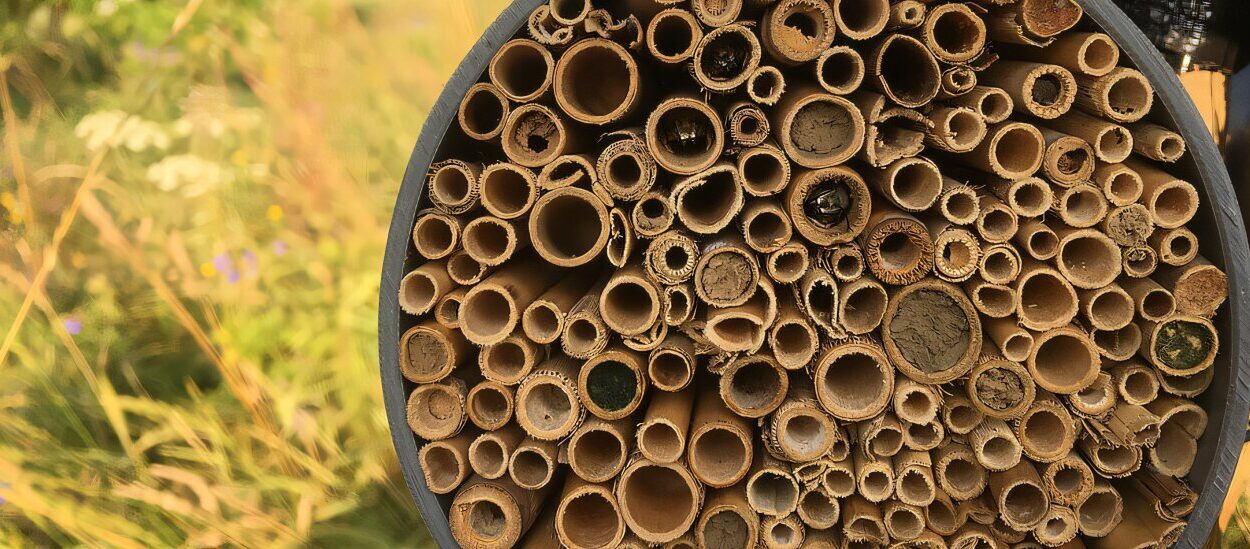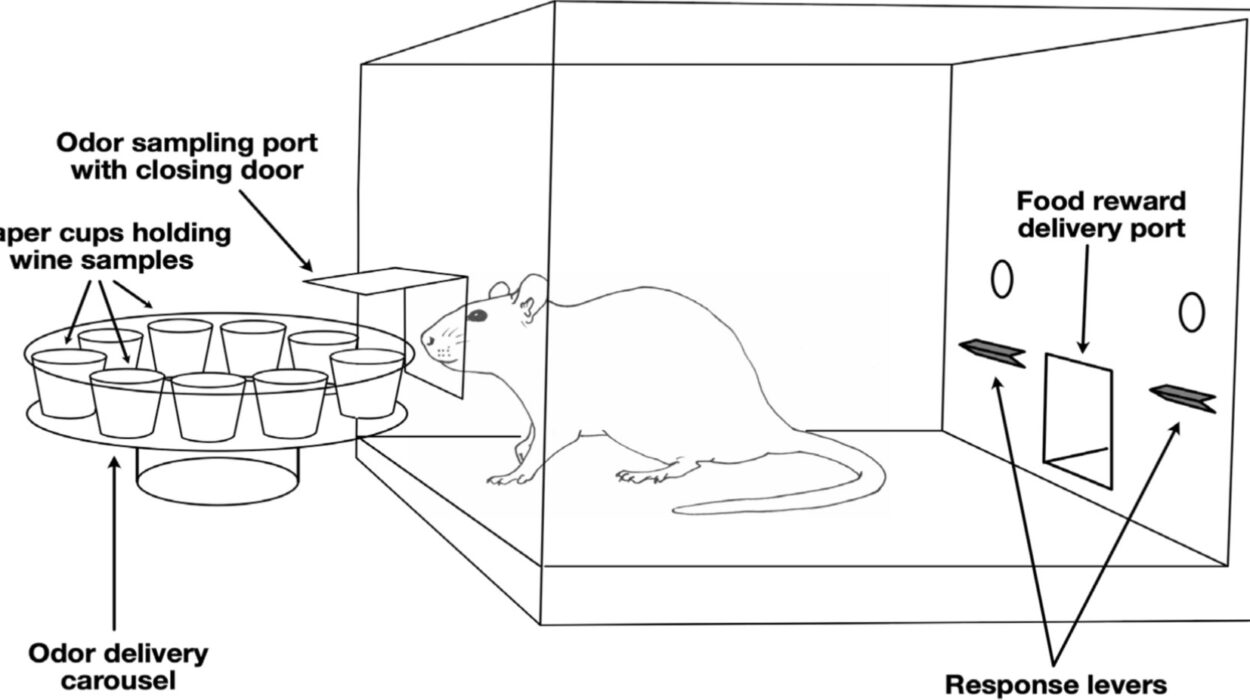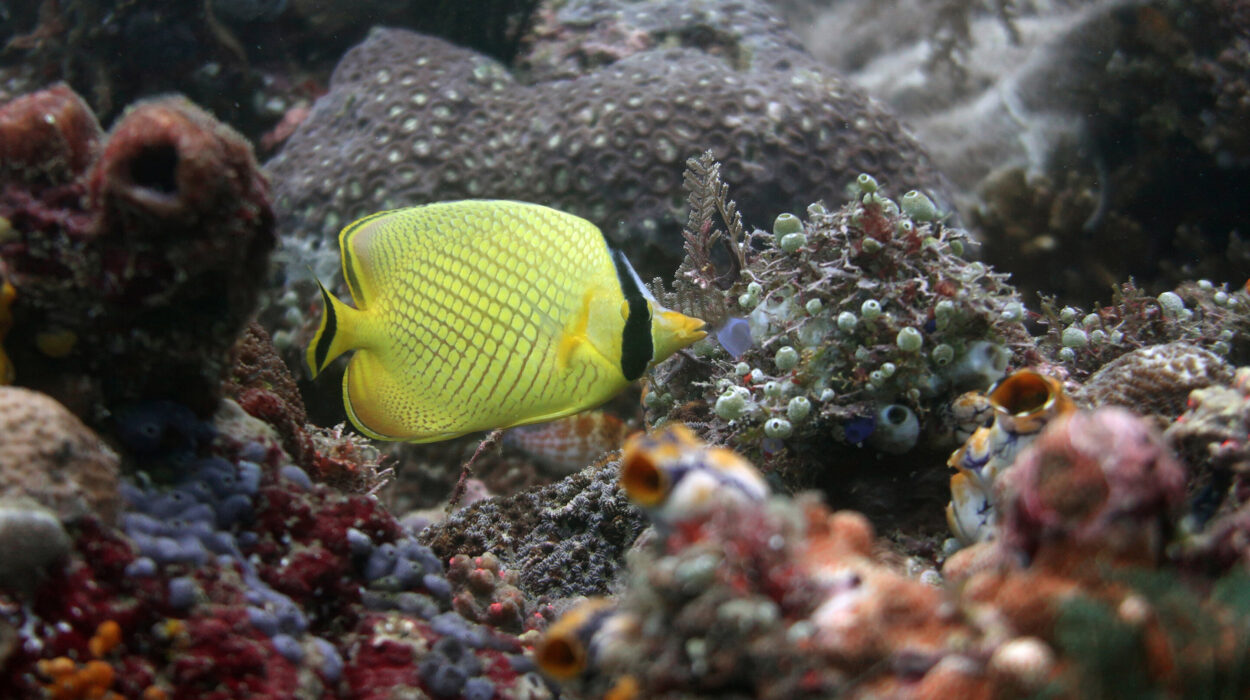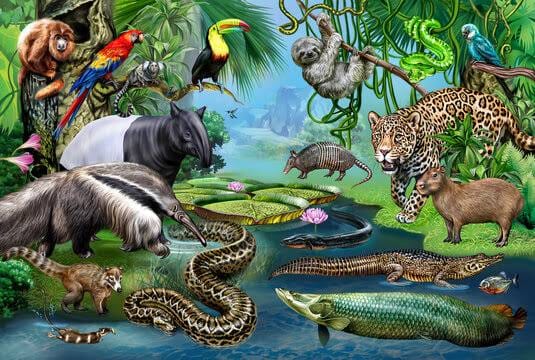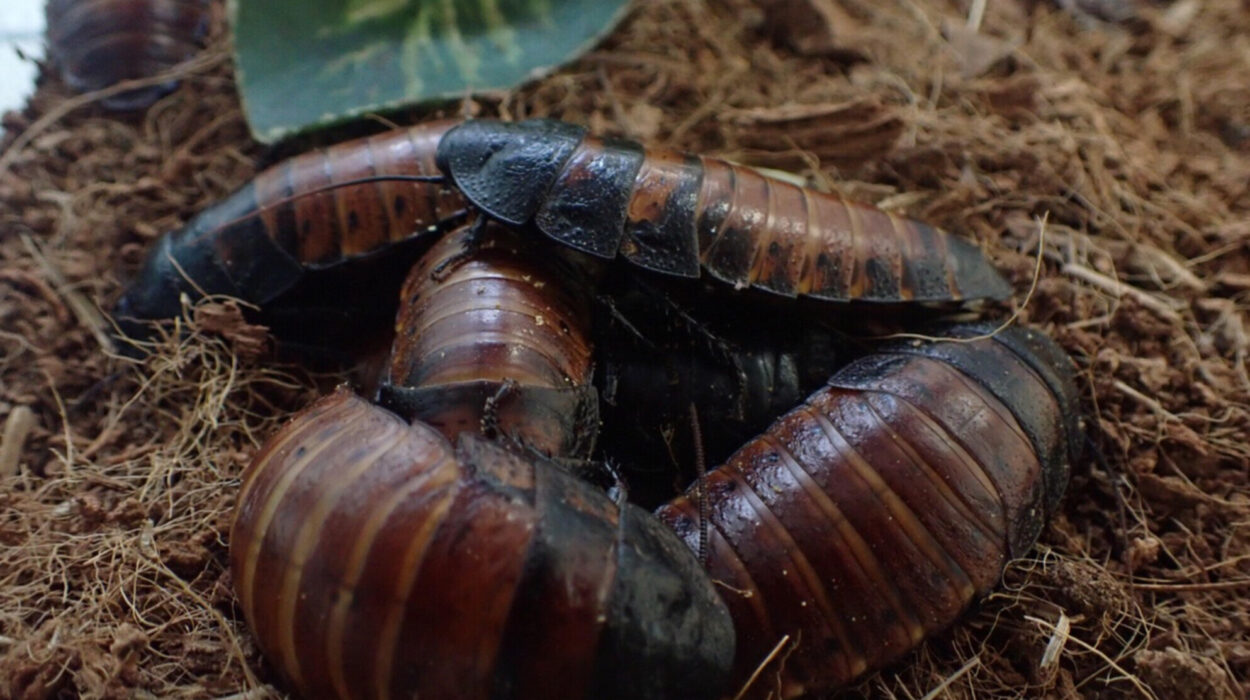Beneath the glistening surfaces of our planet’s lakes, rivers, and oceans lies a realm brimming with ancient rituals and life’s most fundamental drive: survival through reproduction. This underwater world hosts some of nature’s most prolific parents—fish that scatter millions of eggs into the currents with a reproductive strategy that is as astonishing in scale as it is delicate in design. From coral reefs teeming with color to the murky depths of the open ocean, fish have evolved an extraordinary tactic to ensure their species endures the constant threats of predation, environmental change, and evolutionary pressures.
The question of why fish lay so many eggs—a number that can reach tens of millions in a single reproductive cycle—reveals profound truths about the biology of life itself. These tiny spheres of potential, floating freely in a sea of danger, carry within them not just the hope of individual survival, but the promise of an entire species’ future. In this immersive journey, we dive into the science and wonder of aquatic reproduction to uncover why such overwhelming numbers are essential, and how nature balances quantity with the brutal uncertainties of existence.
The Mathematics of Reproduction
Life in the aquatic world is ruled by probabilities. For every fertilized fish egg that hatches into a larva, only a tiny fraction will survive to adulthood. The journey from egg to adult fish is filled with peril: predators lie in wait, currents sweep the helpless young away, and environmental conditions can change in an instant. This high mortality is not a flaw in the system—it is the very reason that fish lay such staggering numbers of eggs.
Most fish follow a reproductive strategy known as r-selection, a concept derived from ecological theory. R-selected species produce large numbers of offspring with minimal investment in each one. This contrasts with K-selected species, like humans and elephants, which produce fewer offspring but invest heavily in parental care, nurturing, and protection. Fish, particularly those in open-water habitats, must hedge their evolutionary bets by releasing enormous numbers of eggs, hoping that a few will survive the crucible of natural selection.
Take the example of the ocean sunfish (Mola mola), which holds the record for the most eggs laid by a vertebrate—up to 300 million in a single spawn. Or the codfish, which lays tens of millions of eggs in one season. This fecundity seems mind-boggling, yet it is an evolutionary necessity. If even a tiny fraction of those eggs reach maturity, the reproductive cycle succeeds. The rest are nature’s investment in chance—a living lottery.
Spawning Strategies: From Broadcast to Brooding
Fish have evolved a breathtaking variety of reproductive strategies. Some are solitary spawners, releasing their eggs and sperm into the water column in synchrony with environmental cues like moonlight, temperature, or tides. Others form massive spawning aggregations that transform coral reefs and estuaries into vibrant spectacles of fertility. The diversity of spawning behavior is shaped by habitat, predator pressures, and species-specific biology.
Broadcast spawners like tuna and sardines release eggs and sperm into the open water, often during feeding frenzies or seasonal migrations. These eggs are tiny, buoyant, and often transparent—perfectly adapted for floating along ocean currents. While the parents provide no further care, the timing and scale of spawning increases the odds that at least some larvae will drift to safe, nutrient-rich areas where they can feed and grow.
Other species employ demersal spawning, laying eggs on rocks, vegetation, or the seafloor. These eggs are often adhesive and camouflaged, protected from immediate detection by predators. Some fish, like clownfish, guard their eggs diligently, fanning them with oxygen-rich water and defending the nest against intruders. While such parental investment is rare among fish, it significantly improves survival rates and allows for smaller clutches.
Still more fascinating are mouthbrooders, such as certain species of cichlids, where one parent—often the female—incubates the eggs in her mouth, protecting them from danger until they hatch. This remarkable behavior sacrifices feeding opportunities for the sake of offspring safety, revealing a different evolutionary solution to the problem of survival.
Timing is Everything: Environmental Triggers and Spawning Events
In the underwater world, timing can be the difference between survival and extinction. Fish have evolved finely tuned biological clocks that align their reproductive cycles with environmental rhythms. These rhythms—driven by temperature, photoperiod (daylight hours), salinity, and lunar cycles—serve as powerful cues for mass spawning events.
The Great Barrier Reef’s coral spawning is a well-known example of environmental synchronization. Each year, shortly after a full moon in late spring or early summer, countless reef fish species release their gametes simultaneously in a glorious bloom of color and life. The sheer density of eggs and sperm ensures high rates of fertilization while overwhelming predators with abundance.
In freshwater environments, spring floods often trigger upstream migrations and spawning in species like salmon, which return to their natal rivers to reproduce. This anadromous migration is not only a feat of endurance but a masterpiece of biological navigation, guided by olfactory memory and geomagnetic fields. The urgency of these migrations stems from the narrow windows during which conditions are optimal for egg development and larval survival.
Even slight disruptions to these environmental cues—from climate change, pollution, or habitat destruction—can spell disaster. Spawning out of sync with plankton blooms or river flows reduces the chances of larval survival, illustrating how delicate the reproductive equation truly is.
Tiny Eggs, Giant Stakes: The Journey from Zygote to Fry
A single fish egg is a marvel of biological engineering. Though barely visible to the naked eye, it contains all the instructions needed to build a living organism. The egg’s yolk provides nourishment for the developing embryo, while a transparent membrane shields it from mechanical damage and microbes. Once fertilized, the embryo begins a complex process of cell division, differentiation, and growth.
After hours or days—depending on species and temperature—the egg hatches into a larva. This newborn is a fragile, gelatinous creature, barely capable of swimming. Most larvae drift with ocean or river currents, seeking microscopic prey like phytoplankton and zooplankton. Their transparent bodies make them difficult to detect, but their vulnerability is extreme. Predators lurk in every direction, and starvation is a constant threat.
The odds against them are immense. For example, in a clutch of 10 million cod eggs, only a handful might survive to adulthood. Yet this apparent waste is a calculated tradeoff. Evolution has shaped fish to play a numbers game, in which redundancy is insurance. Each egg is a spark, a possible beginning. And within every larva that survives lies the full genetic legacy of its ancestors.
The Role of Egg Morphology and Developmental Speed
Not all fish eggs are created equal. Differences in egg size, buoyancy, shell thickness, and developmental speed reflect adaptations to specific ecological conditions. Larger eggs typically contain more yolk, giving larvae a head start on growth and greater energy reserves. These are often seen in species with fewer offspring and more protective strategies.
Conversely, pelagic eggs—those that float freely in open water—are smaller and more numerous, designed for quantity over individual survival. Some are even coated with oils that help them stay buoyant, drifting for hundreds of kilometers with ocean currents. This dispersal increases the range of the species, allowing it to colonize new habitats and recover from local population declines.
Developmental speed is another crucial factor. In warmer waters, embryonic development is faster, allowing quicker hatching and reduced exposure to egg predators. However, this also means that larvae may hatch before food supplies like plankton are abundant. Thus, species must strike a delicate balance between speed and timing—a balance honed by millions of years of evolutionary pressure.
Parental Investment and Evolutionary Trade-offs
The decision to lay many eggs with little care or few eggs with significant care represents a fundamental trade-off in evolution. Fish species have explored nearly every point along this continuum. The path taken depends on environmental stability, predation intensity, and resource availability.
In unstable or unpredictable environments, laying millions of eggs maximizes the chance that at least a few will survive random shocks like storms, temperature swings, or algal blooms. In more stable environments with fewer predators, investing in fewer offspring with higher survival rates can be more advantageous.
Interestingly, some species switch strategies depending on local conditions. The three-spined stickleback, for instance, constructs nests and guards its eggs in some habitats but resorts to less protective strategies in others. Such flexibility is rare in evolutionary terms, but it shows how fish can adapt their reproductive tactics to suit their surroundings.
Threats to Fish Reproduction in a Changing World
Despite their ancient resilience, fish face mounting threats in the modern world. Overfishing, climate change, pollution, and habitat destruction have pushed many species to the brink. Spawning grounds are dredged or dammed, water temperatures are rising, and plastic microfibers fill the bellies of young fish.
One of the most insidious threats is endocrine disruption—chemical pollutants that interfere with hormonal systems, leading to reduced fertility, abnormal egg production, and skewed sex ratios. These pollutants can be found in agricultural runoff, industrial waste, and even household products, accumulating in aquatic ecosystems and impacting generations of fish.
Climate change adds another layer of complexity. Ocean acidification affects the calcium carbonate structures of eggs and larvae, while rising temperatures can alter spawning schedules and larval food availability. Coral reef bleaching and freshwater salinization further reduce available habitat, placing additional stress on reproductive success.
Yet amid these challenges, fish still spawn by the billions, filling the waters with embryonic life. Their strategies, shaped by eons of natural selection, remain powerful—but not invincible.
The Human Connection: Fisheries, Aquaculture, and Responsibility
Humans have relied on fish as a food source for millennia, and understanding fish reproduction is vital for sustainable management. Overharvesting during spawning seasons can decimate populations, as adults are caught before they can reproduce. Protecting spawning aggregations, no-take zones, and nursery habitats is essential to ensure future generations of fish.
In aquaculture, the artificial breeding of fish must replicate natural conditions to be successful. Hatcheries often manipulate light, temperature, and diet to induce spawning. Selective breeding has produced strains of fish that mature faster or yield more eggs, but at the cost of genetic diversity.
Efforts to restock declining populations—by releasing hatchery-raised larvae into the wild—can help, but only if they are paired with habitat restoration and pollution control. It is not enough to produce eggs; those eggs must have a safe place to grow.
A Symphony of Life in Every Egg
To the casual observer, a single fish egg may seem insignificant—a speck in the sea, easily lost or forgotten. But to biologists, ecologists, and anyone who marvels at the wonder of life, that tiny sphere holds enormous meaning. It is a miracle of form and function, a beacon of hope and adaptation. Each egg represents a story that began hundreds of millions of years ago and continues today in every spawning season and hatchling school.
Fish lay millions of eggs not because life is cheap, but because life is fragile and precious. They do so because evolution has found this to be the best answer to the trials of aquatic existence. In every shimmering cloud of fish eggs suspended in the water, nature casts her lot, gambling that enough will survive to swim, spawn, and continue the cycle anew.
And so, in rivers that thunder through mountain valleys, in coral gardens lit by moonlight, and in the vast blue deserts of the open ocean, the story repeats itself—an eternal dance of abundance, risk, and rebirth. It is not just a strategy. It is the legacy of survival, written in millions of eggs, each no larger than a grain of sand, but together forming the backbone of aquatic life on Earth.

